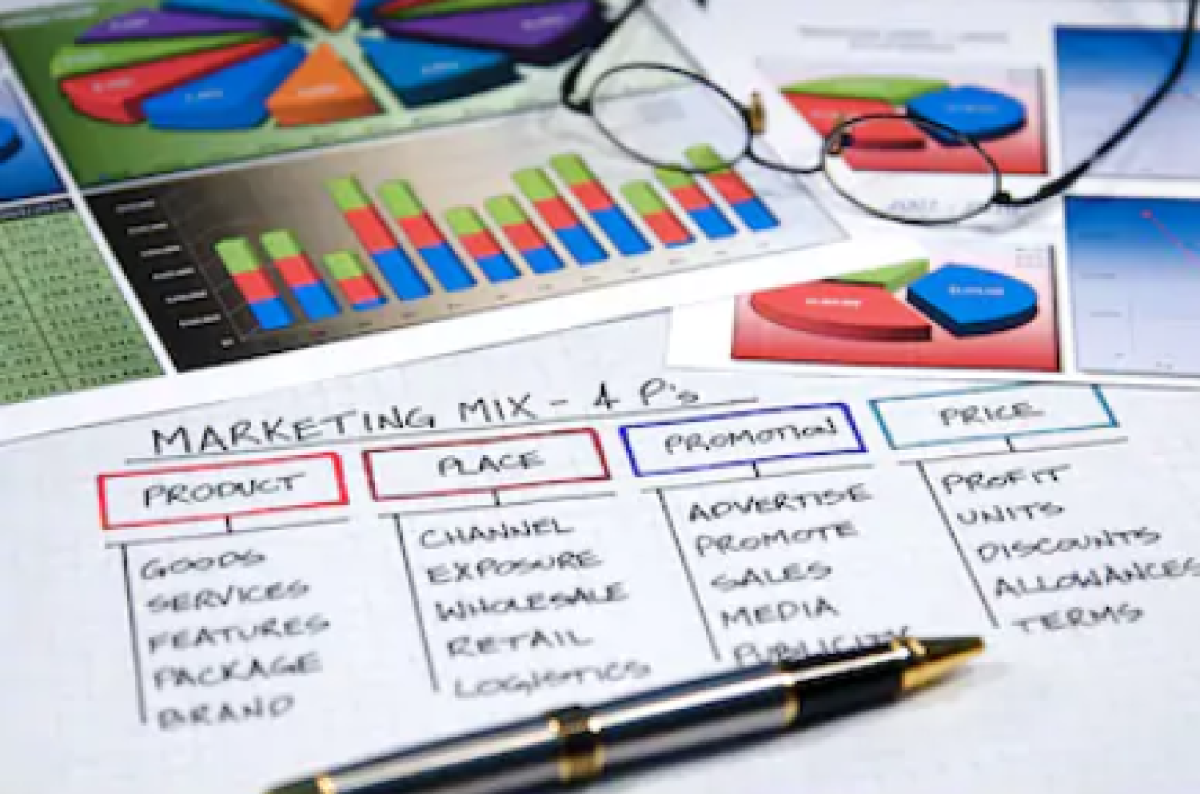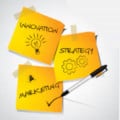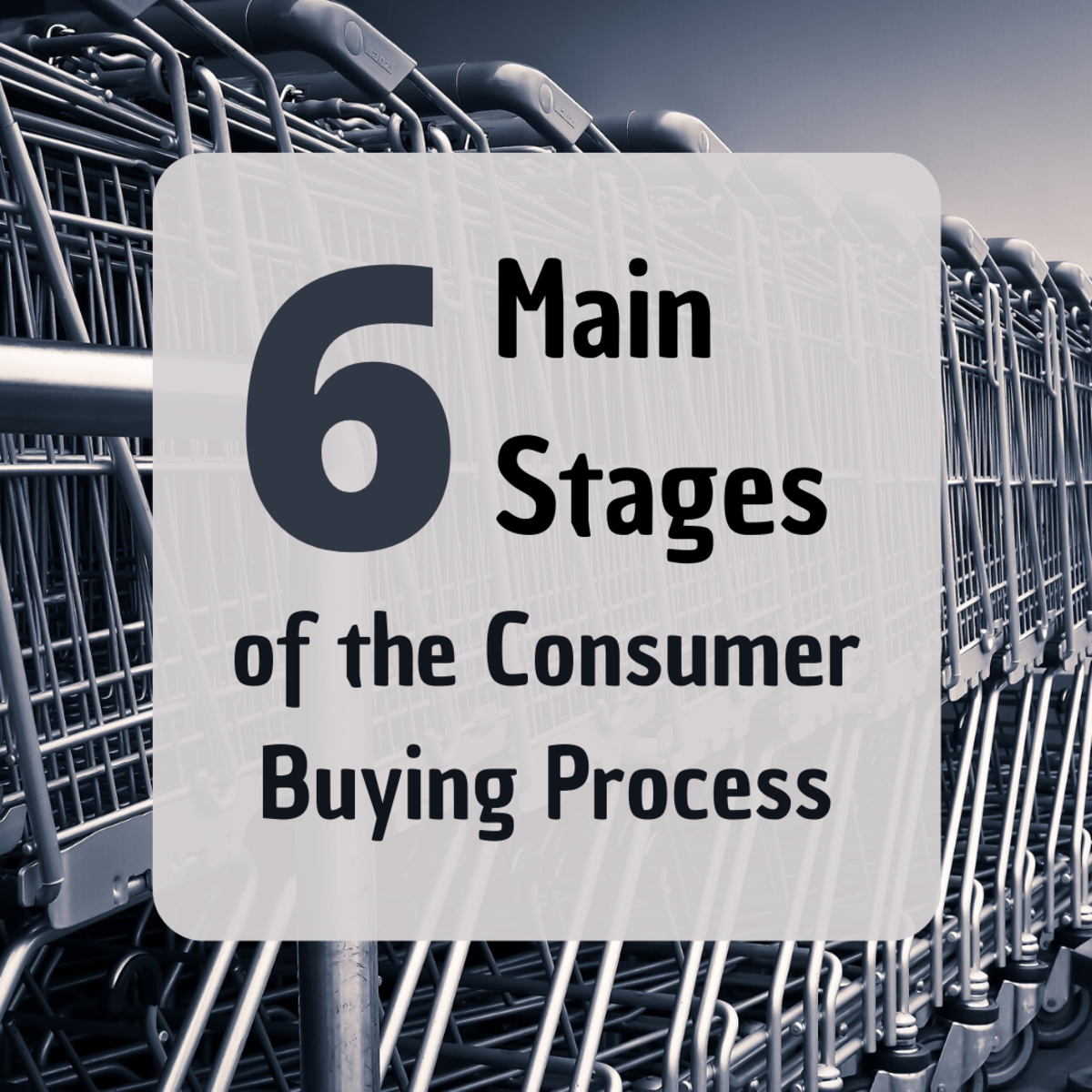5 Examples of Triggered Marketing to Steal for Your Business

Triggered marketing is an action and reaction tactic. The idea is that when a unique customer performs a certain action, the business has a specific reaction. This customized care is often only possible when intelligent marketing is firmly within the business owner's grasp. The benefits of triggered marketing include:
- Improve first-time experiences
- Higher repeat orders
- Increased word of mouth exposure
- Capture at-risk customers
- Improved customer feedback
Example #1: Improve first-time experiences
As with any sales funnel, timing is the critical element. The top of a sales funnel needs to evoke a different experience than the bottom. A first time customer, who signs into wireless, may be deciding if the business will be a regular stop. If an organization can verify it is the customer's first time visiting, it can offer access to a discount group, relevant local information, or even a "welcome" coupon. Other companies, such as the Atlanta Bread Company, use the initial experience to gather analytics and demographic information (such as email addresses). This information helps insert the customer into unique future sales funnel operations.
Example #2: Higher Repeat Orders
A customer today is not a guarantee tomorrow. Small business owners who use triggered marketing often study the lifetime value of each patron. The problem they are solving is how to increase repeat business. The value of triggered marketing over a static loyalty program is understanding velocity. A daily customer is entirely different than a monthly customer. By using a customer consistency measurement, a shop can provide a "soup of the day" coupon to one customer and a "flavor of the month" to another. In each instance, the goal is to increase the velocity of purchases.
Example #3: Increase Word of Mouth
Creating a pattern of behavior is what sets intelligent marketing apart from static programs. One promotional practice is creating an echo effect. The idea is to have happy customers refer more happy customers. Intelligent marketing can show which customers repeat the most often, which can open an opportunity for social marketing. Businesses can provide a "review us for a coupon" deal to those happy customers most likely to repeat. That boosts confidence in other potential customers who scan the reviews.
Example #4: Capture At-Risk Customers
Life changes and customer behaviors change as well. A daily customer may start slipping out of their routine. Many businesses are blind to customer behavior changes because they don't have triggered marketing. When an automatic program is setup, customers who are at-risk of leaving can be given a special offer. A customer who used to come in daily, who is starting to arrive once a week can be targeted with this approach. One example is to offer them a free item that they have regularly ordered. The idea is to reinforce the habit that made them daily customers. Another approach would be to solicit anonymous feedback to see if they are going to a competitor.
Example #5: Improved Customer Feedback
One of the most frustrating things about marketing is not being able to understand success. This confusion is often caused by a lack of information. Using triggered marketing allows a business to understand conversion ratios for a specific segment of their customer base. This feedback can show at-risk customers leaning towards a local competitor. It can also highlight which "bundle" converts better among newer customers. By segmenting and understanding individual customer needs, a business can perform intelligence marketing towards those needs.
In each of these examples, targeting the right customer at the right time makes all the difference. Triggered marketing allows a business to be intelligent about their customer base. Each customer has a slightly different need and understanding that need is crucial towards success. However, it can be a considerable task to comprehend each need and the timing of the need.








